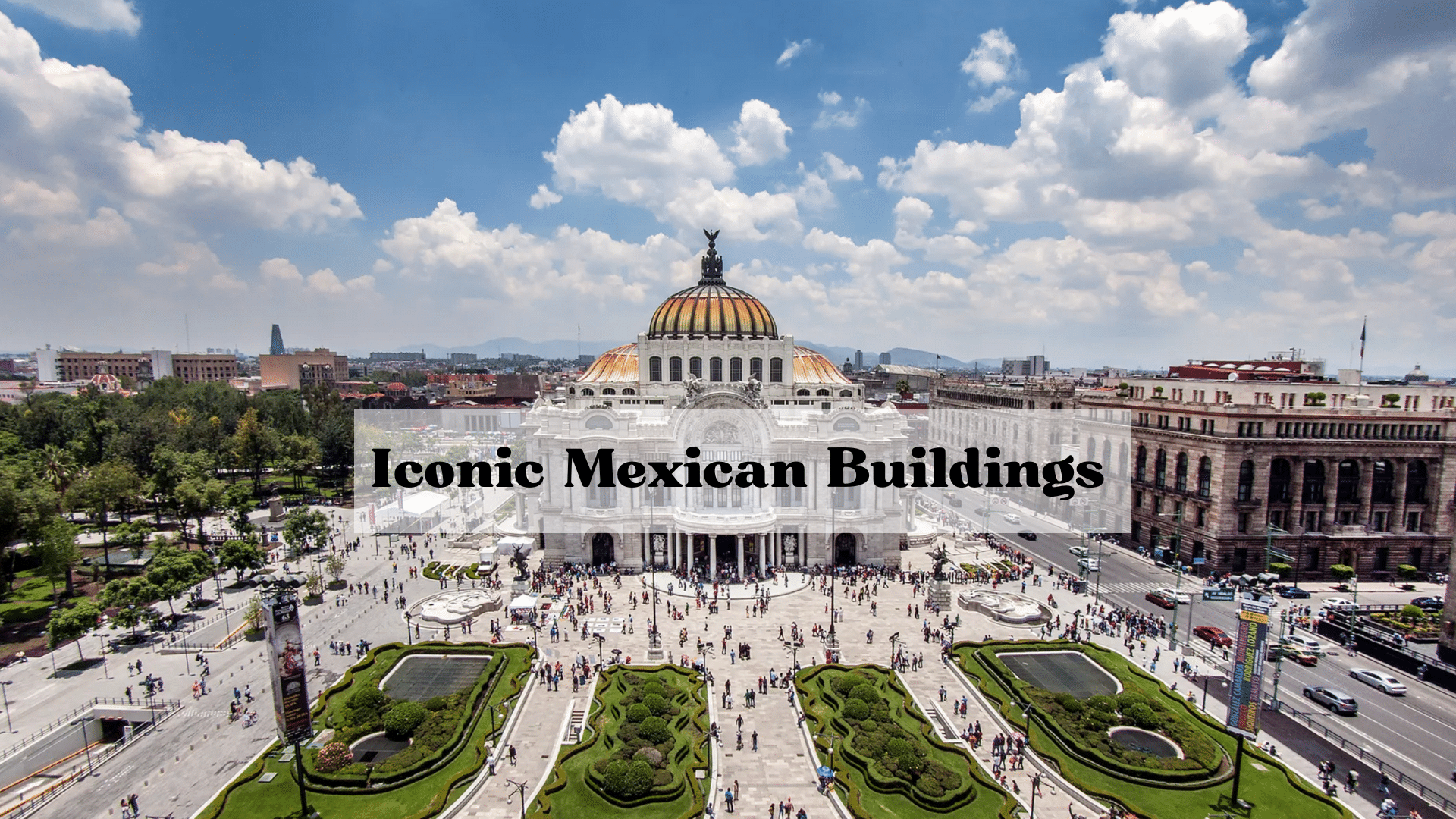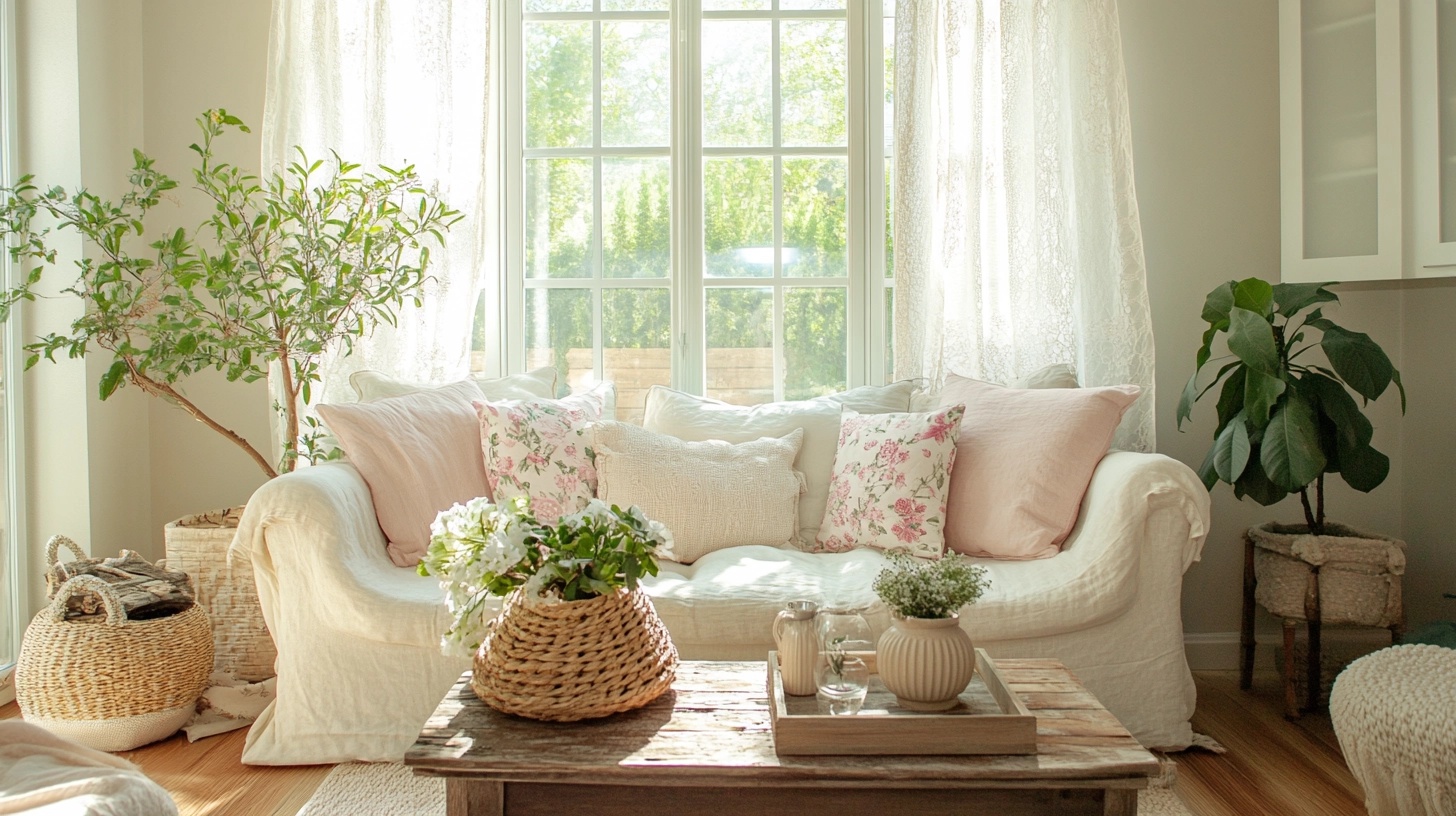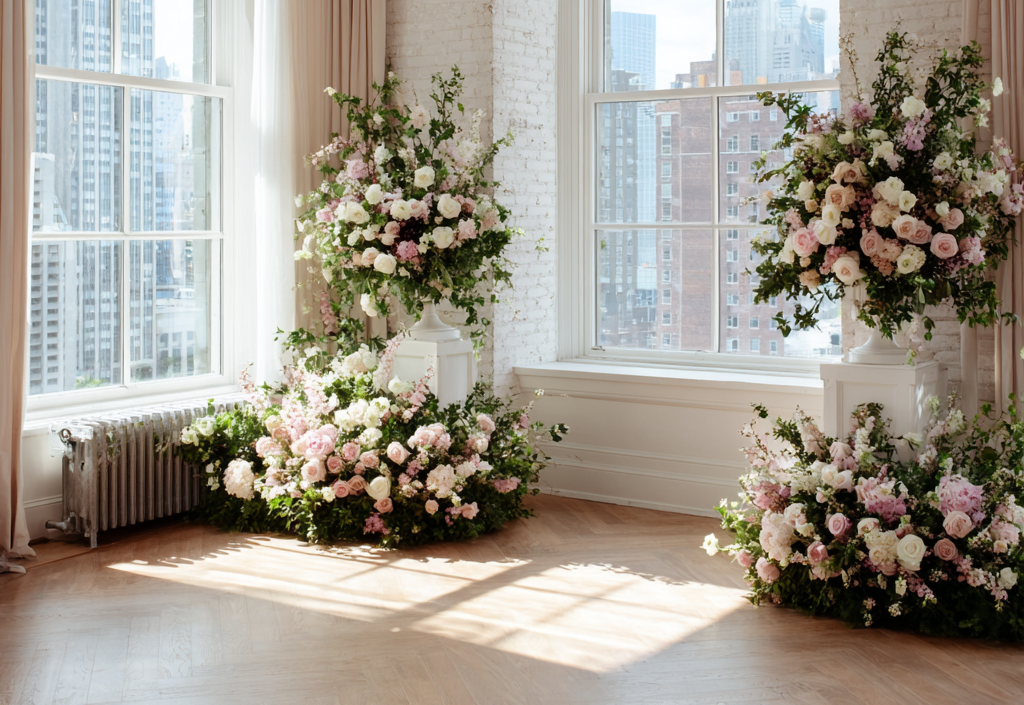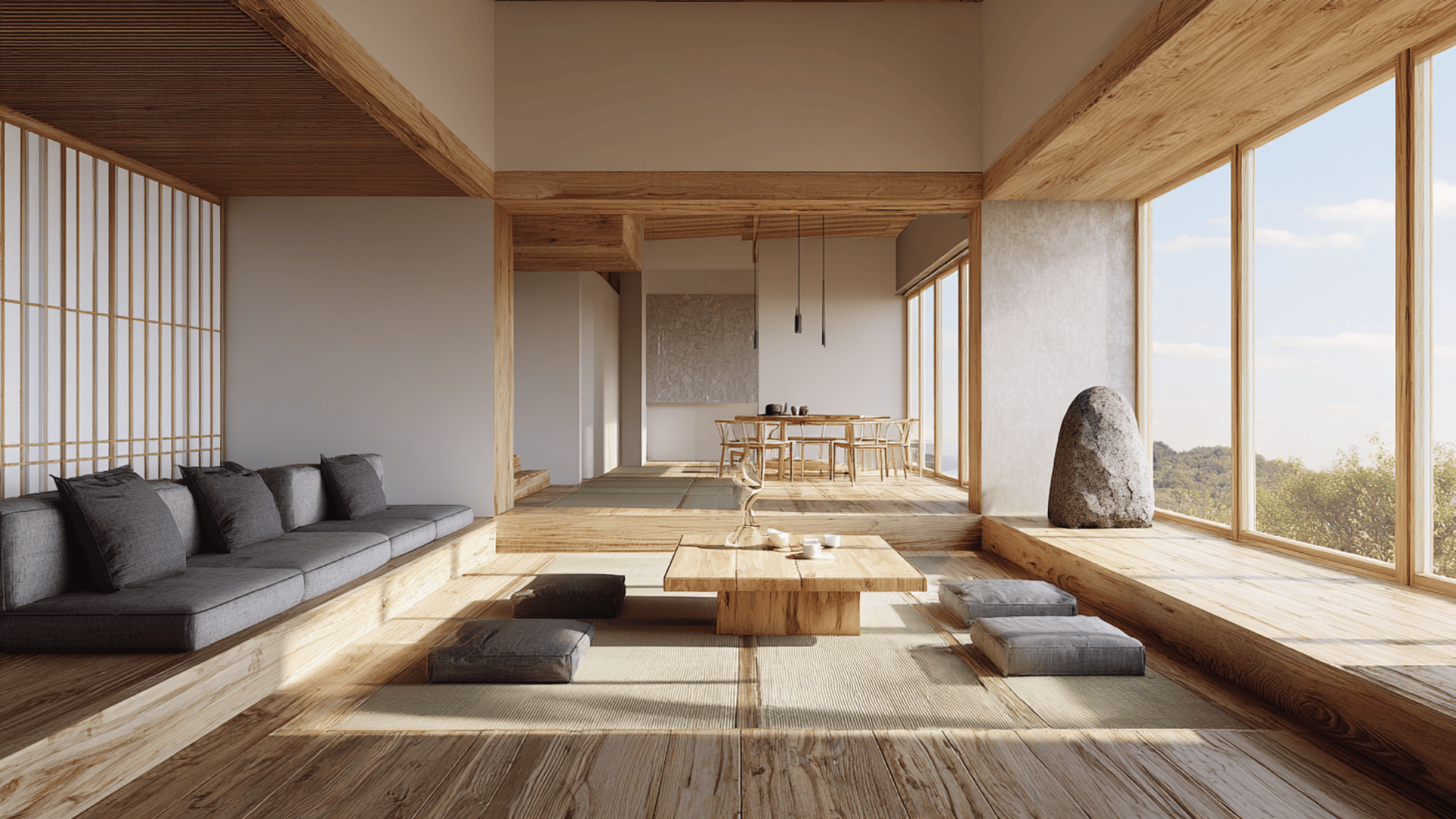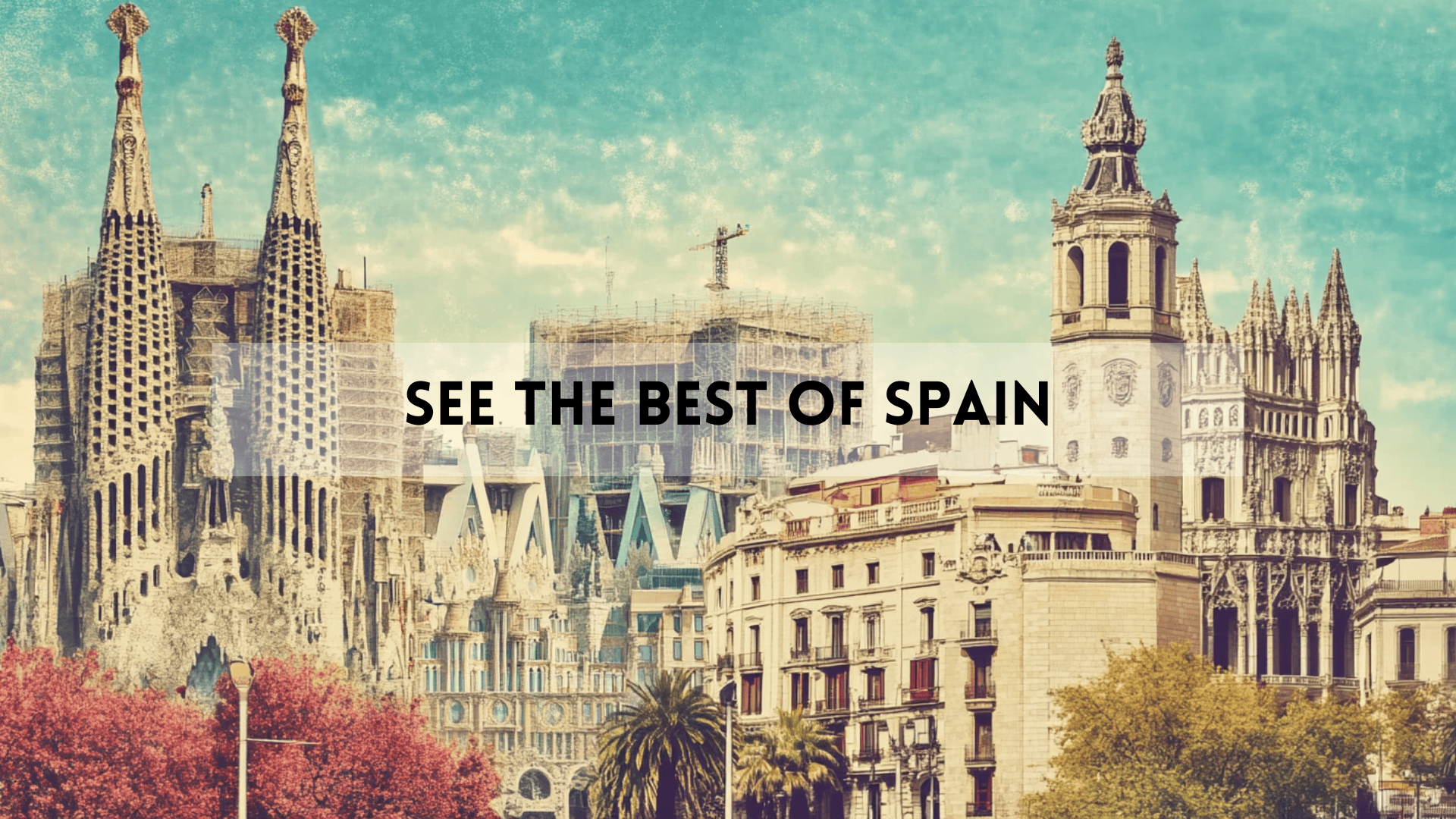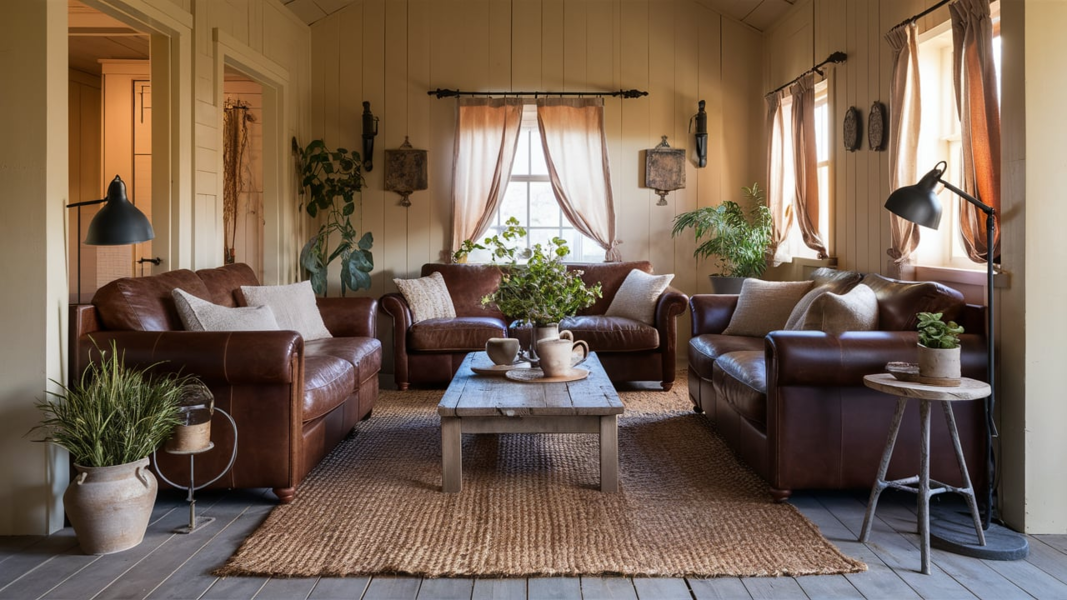16 Iconic Mexican Buildings that You Need to See
Mexico offers an extraordinary range of architectural styles that span centuries of cultural evolution.
From ancient Mayan temples to Spanish colonial churches and modern innovations, each structure reflects a unique moment in the nation’s history.
Mexican buildings showcase not just design skill but cultural adaptation to various environments and social needs.
The fusion of indigenous techniques with European influences created distinctive styles that continue to influence construction worldwide.
This article examines notable Mexican structures across different periods and regions, highlighting how they express the identity of their communities.
Through these buildings, we gain insight into Mexico’s rich cultural heritage and its ongoing contribution to global architectural traditions.
Major Architectural Styles in Mexico
Mexican architecture includes distinct traditions that reflect the nation’s complex history and cultural fusion across different time periods.
Colonial Architecture
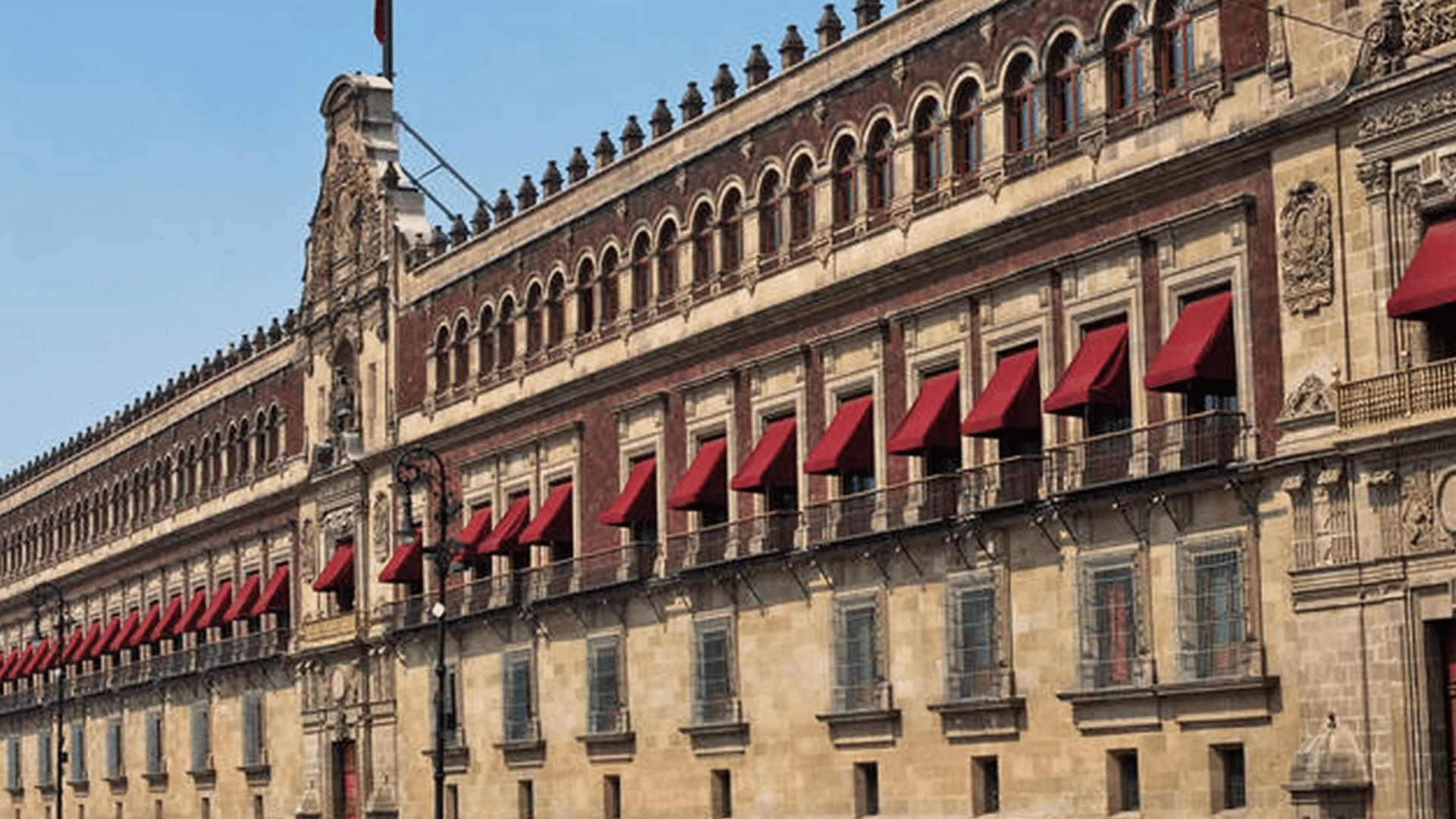
Spanish influence transformed Mexico’s landscape after the 16th-century conquest.
Colonial buildings feature thick walls, courtyards, ornate facades, and religious symbolism.
Mexico City’s Metropolitan Cathedral and Puebla’s churches showcase this style with their grand proportions and detailed stonework.
Traditional Mexican Architecture
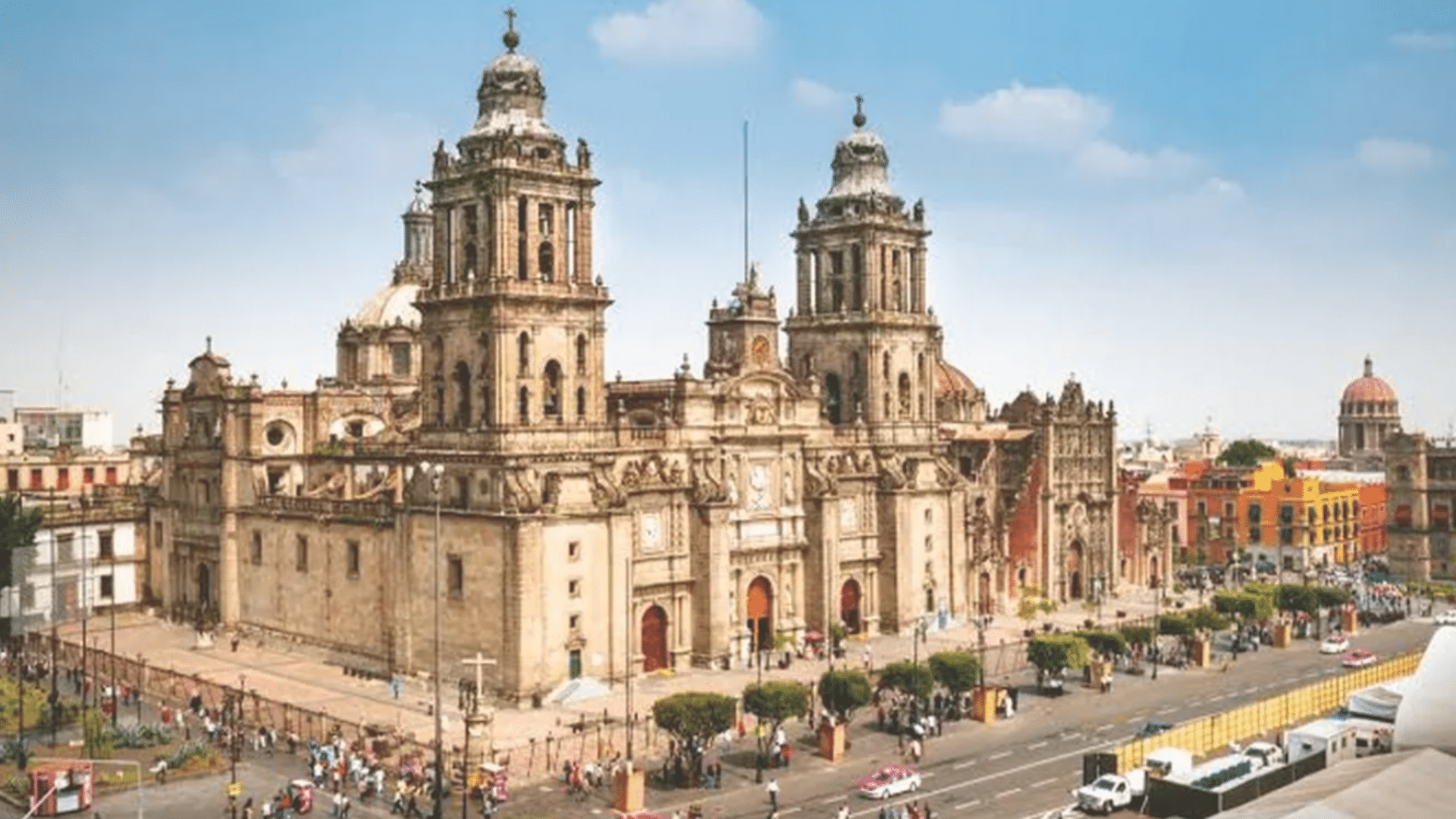
Traditional structures respond to local environments and resources.
Adobe homes with their earth-toned walls and thermal properties dot rural areas.
Haciendas, once agricultural estates, combine practical function with regional character.
These buildings reflect Mexican family life and community values through their open spaces and connection to the land.
Modern Mexican Architecture
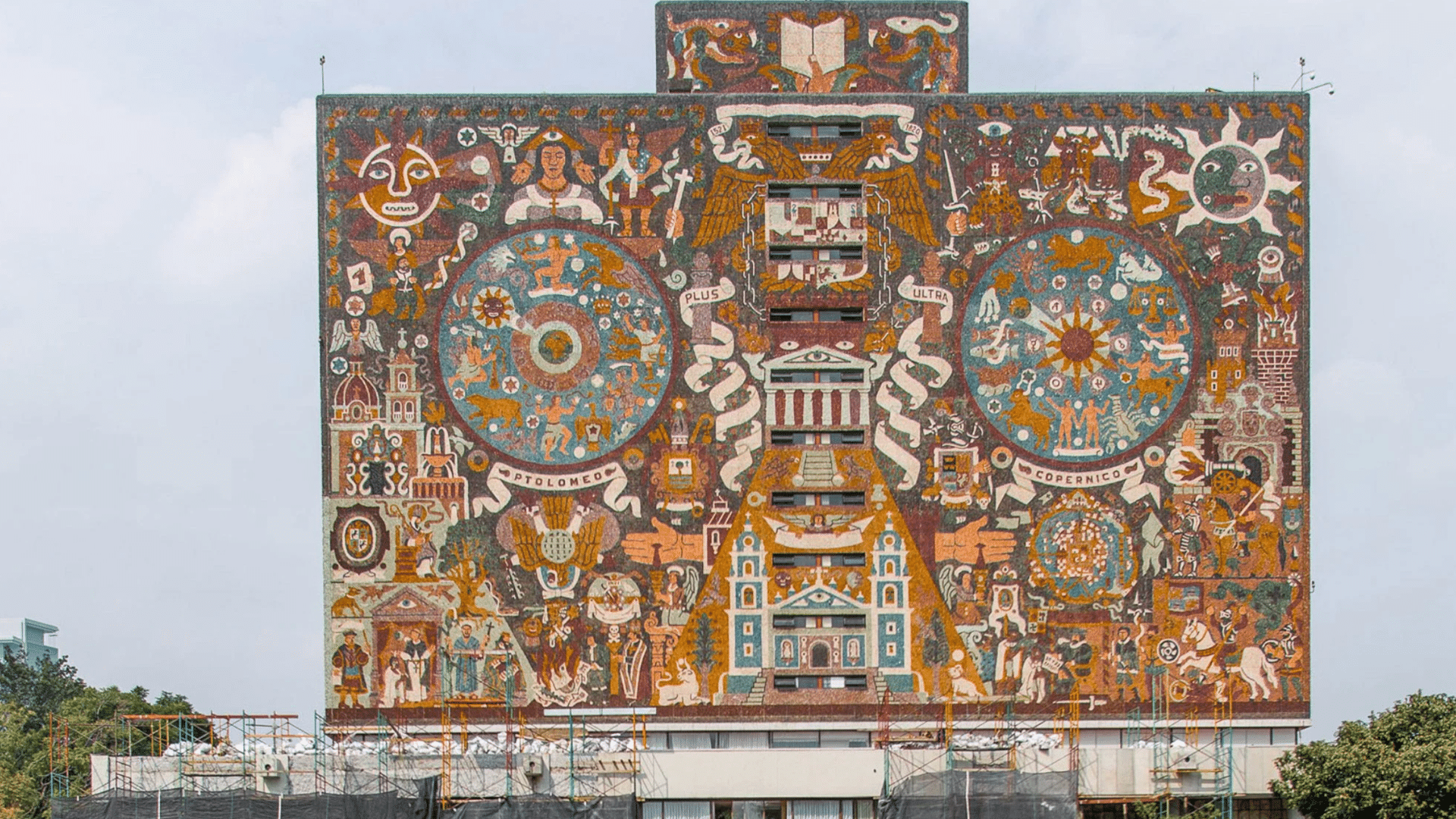
The 20th century brought new approaches to Mexican design.
Architects like Luis Barragán and Pedro Ramírez Vázquez introduced bold colors, clean lines, and concrete forms.
Modern Mexican buildings often blend international concepts with cultural references, as seen in Mexico City’s National Museum of Anthropology and the UNAM campus.
Iconic Mexican Buildings You Must Know
Mexico’s architectural landscape offers a mix of historical depth and creative vision, with structures that capture different eras of the nation’s development.
1. Palacio Postal
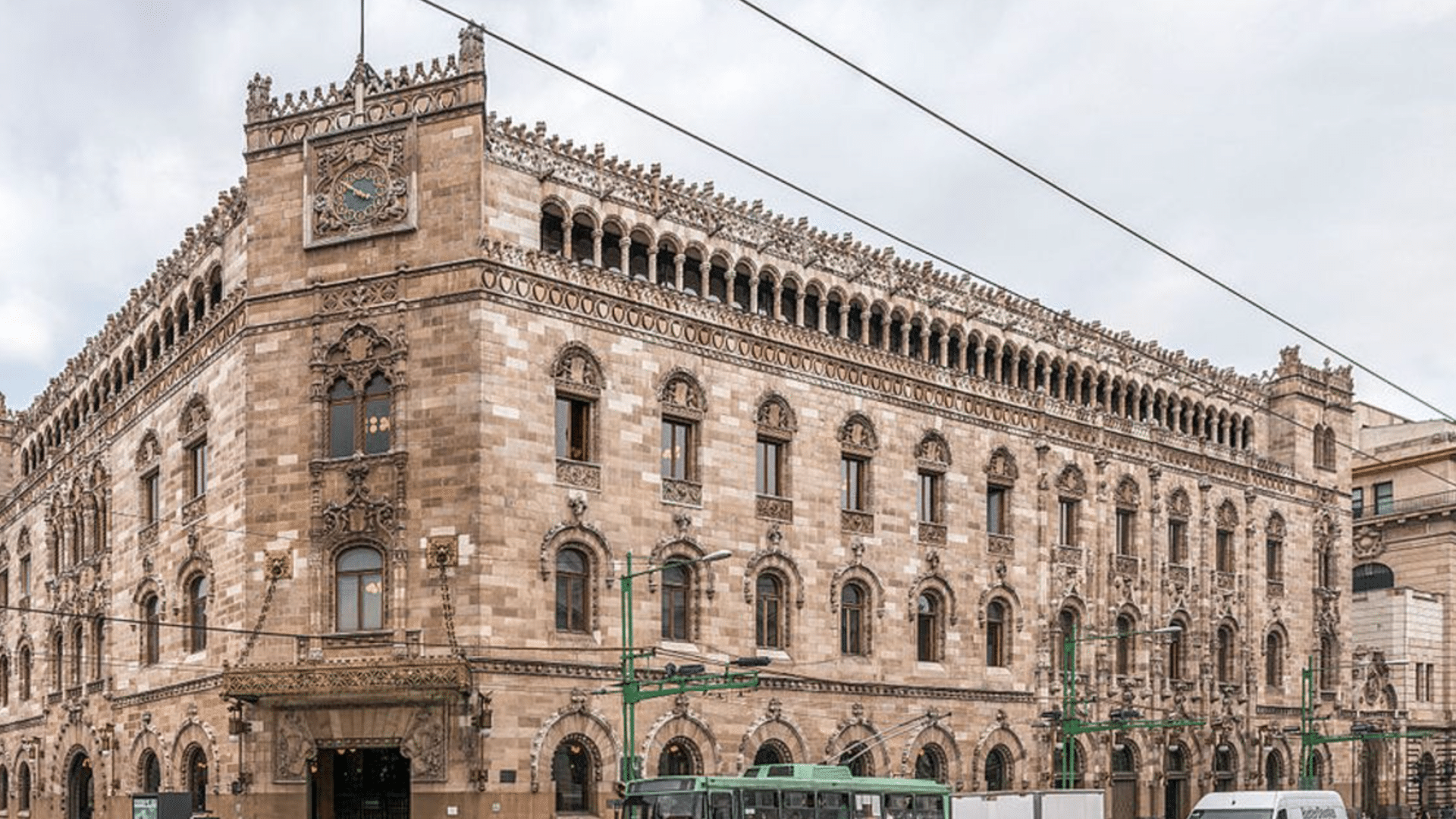
Built in the early 1900s, this postal palace combines Italian Renaissance and Spanish Plateresque styles.
The building was commissioned during the Porfirio Díaz administration as part of Mexico’s modernization efforts.
The interior features a stunning marble staircase and ornate ironwork that transforms a functional mail facility into a monument to progress.
Bronze counters, intricate ceiling details, and the grand hall continue to serve both postal functions and as a museum space for visitors.
2. National Palace
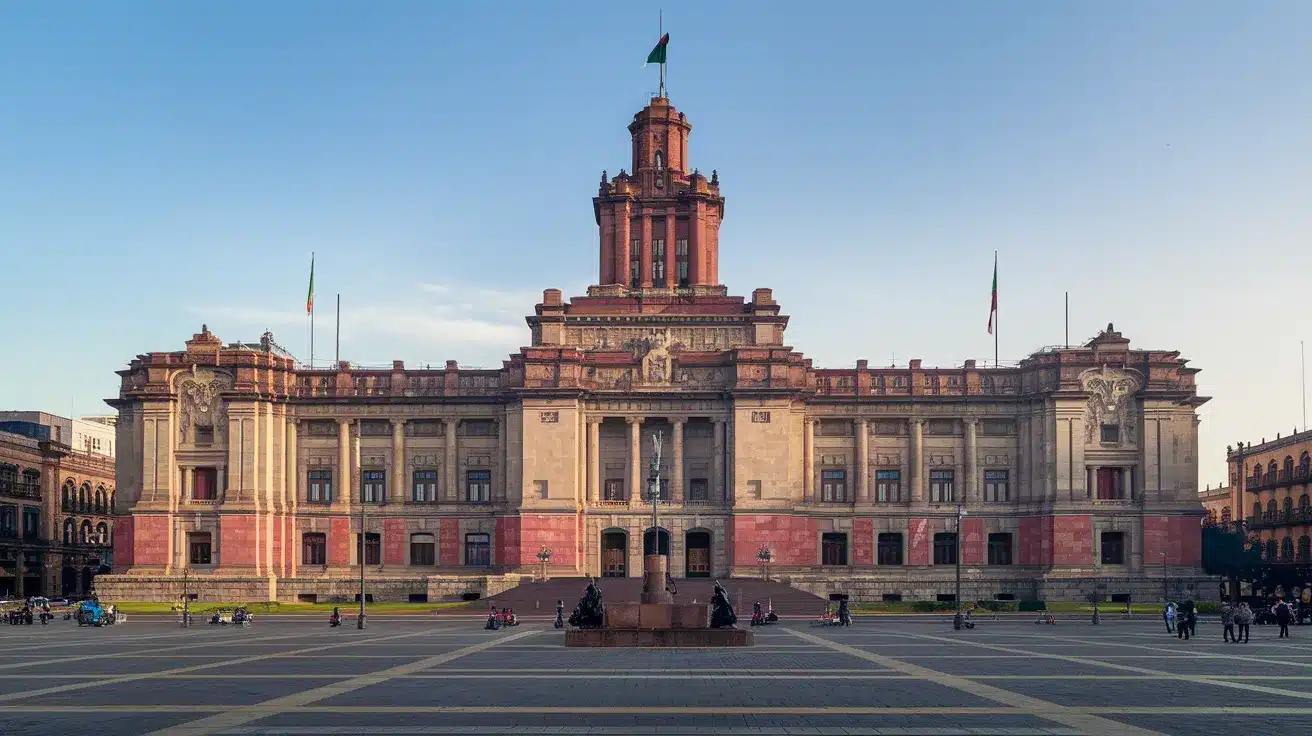
This government building stands on the site where Moctezuma II’s palace once stood, creating a direct link between Mexico’s pre-Hispanic past and its modern governance.
Its red tezontle stone facade stretches across the eastern side of the Zócalo in Mexico City’s historic center.
Inside, Diego Rivera’s murals provide a visual narrative of Mexico’s history from pre-Hispanic times through the Revolution.
The central staircase hosts the most famous of these murals, presenting key moments and figures from Mexico’s past in a comprehensive panorama.
3. Casa de los Azulejos
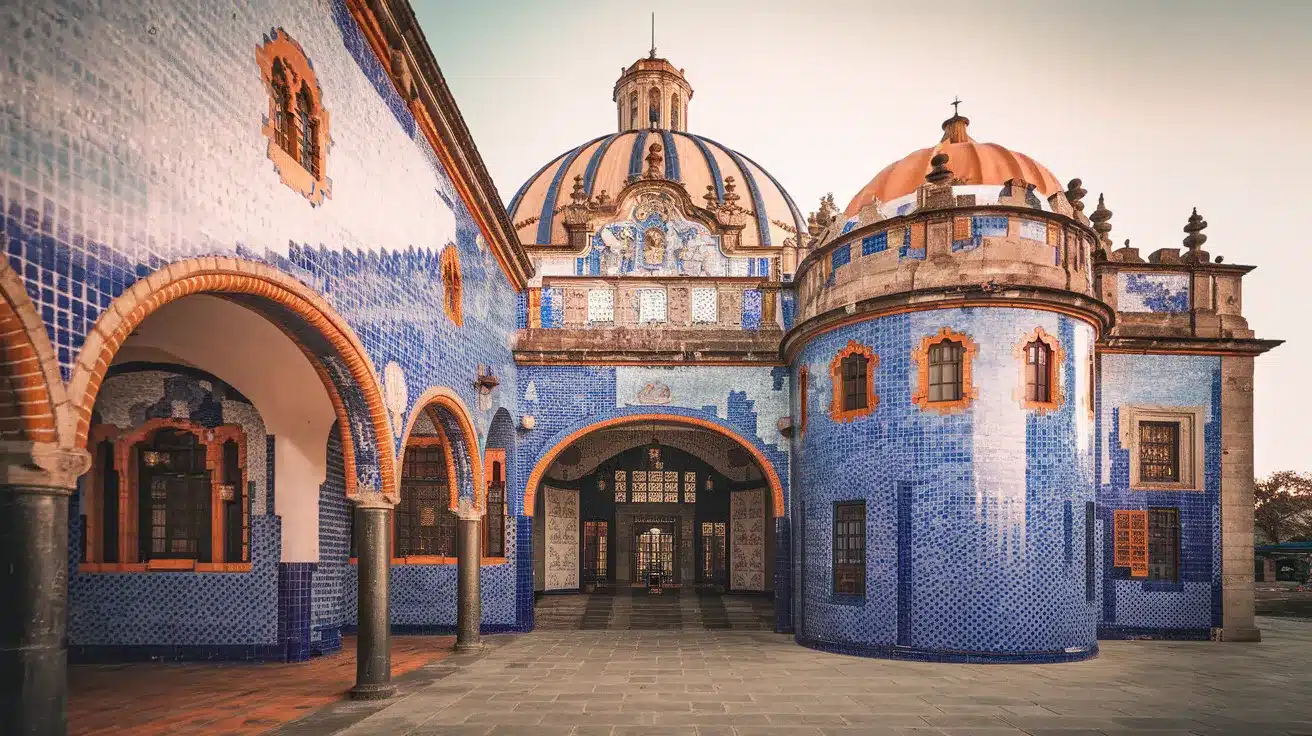
This 18th-century palace is renowned for its exterior covered in blue and white tiles from Puebla.
The tiles form geometric patterns that make the building instantly recognizable in Mexico City’s historic center.
Originally built for the Count of the Valle de Orizaba family, the building shows how Mexican artisans adapted Spanish techniques to create a distinct colonial style.
Now housing a Sanborns restaurant, the preserved structure allows visitors to experience historical architecture while dining.
4. Ciudad Universitaria
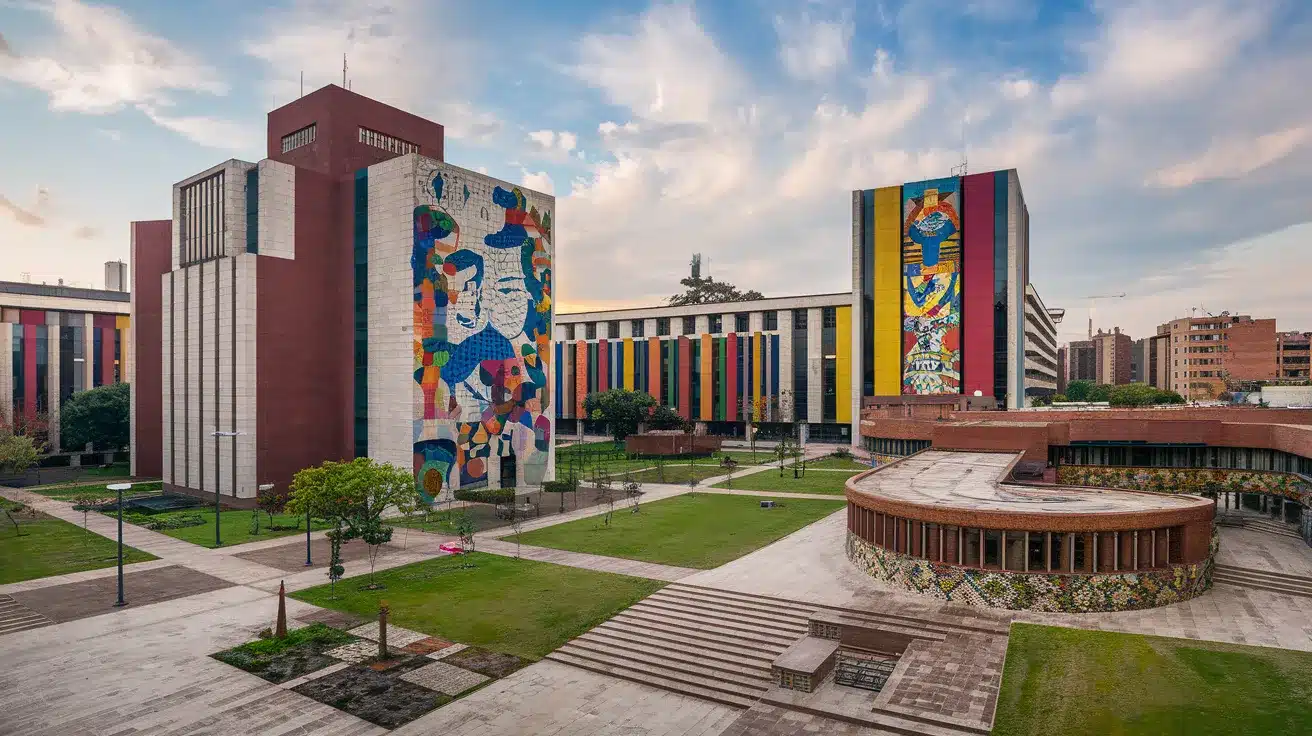
The main campus of the National Autonomous University of Mexico (UNAM) features buildings that merge modernist principles with Mexican cultural elements.
Constructed in the 1950s, this academic complex earned UNESCO World Heritage status for its cultural significance.
The Central Library is the most visually striking component, with its exterior covered in Juan O’Gorman’s mosaic murals incorporating pre-Hispanic symbols, historical references, and scientific imagery.
The campus layout emphasizes open spaces and integration with the natural landscape, including volcanic stone from the site itself.
5. Gran Hotel Ciudad de México
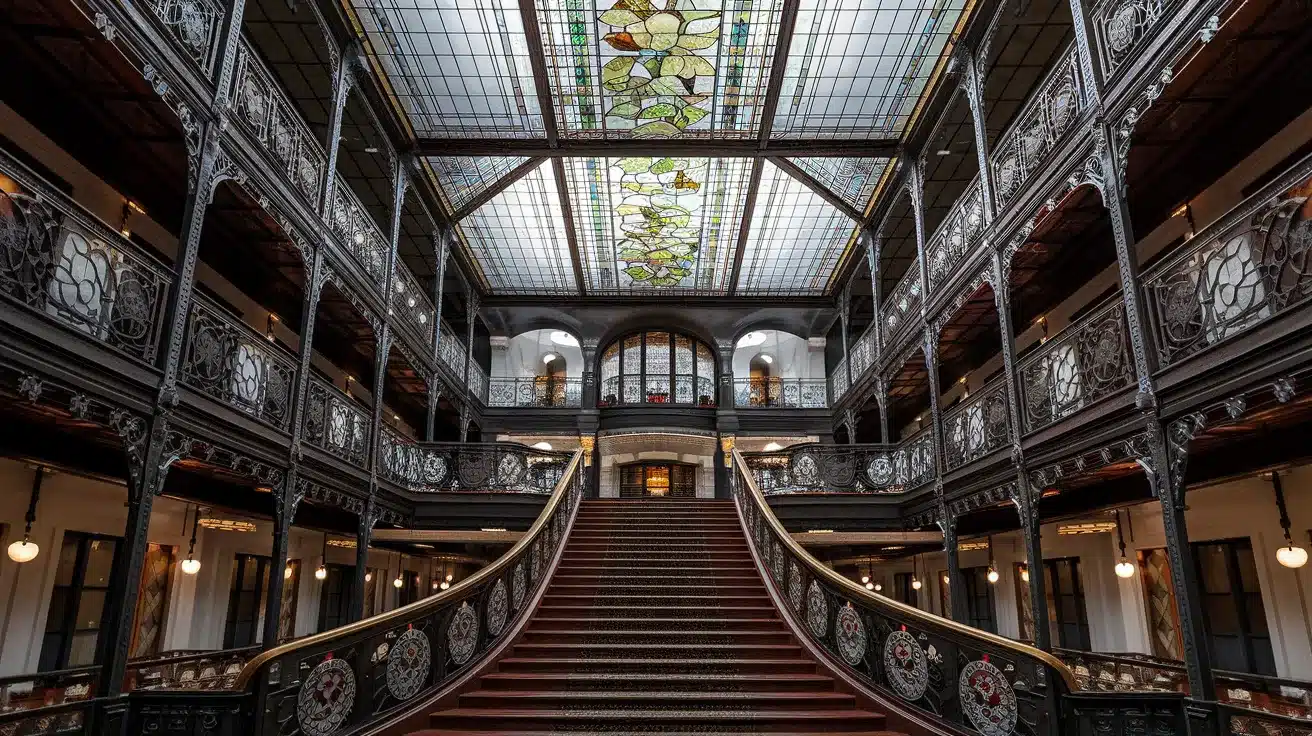
Located on the Zócalo, this building showcases early 20th-century luxury with its remarkable
Tiffany stained glass ceiling that floods the interior with colored light. The Art Nouveau design elements create an atmosphere of refined grandeur.
The wrought-iron elevators, grand staircase, and detailed metalwork capture the optimism of Mexico’s centennial celebration period.
Originally built as a commercial center called El Centro Mercantil, the structure was transformed into a hotel that provides visitors with a glimpse into Mexico’s belle époque.
6. Mirador Torre Latino

Completed in 1956, this skyscraper was once Latin America’s tallest building.
Its earthquake-resistant design proved successful during the 1985 earthquake when the tower remained standing while many surrounding buildings collapsed, making it a symbol of Mexican engineering prowess.
The 44-story building offers an observation deck with 360-degree views of Mexico City.
Its clean lines and minimalist facade represent the international modernist movement’s influence on Mexican architecture during a period of rapid urban development.
7. Museo Nacional de Antropología

Designed by architect Pedro Ramírez Vázquez in 1964, this museum centers around a courtyard with a giant concrete umbrella supported by a single pillar with water cascading from it.
The building organizes Mexico’s archaeological treasures in halls arranged by cultural regions.
Each gallery opens onto a garden area that recreates the environment of the culture being displayed.
The design incorporates pre-Hispanic spatial concepts with modern materials, creating a dialogue between Mexico’s architectural past and present.
8. Parroquia de San Miguel Arcángel
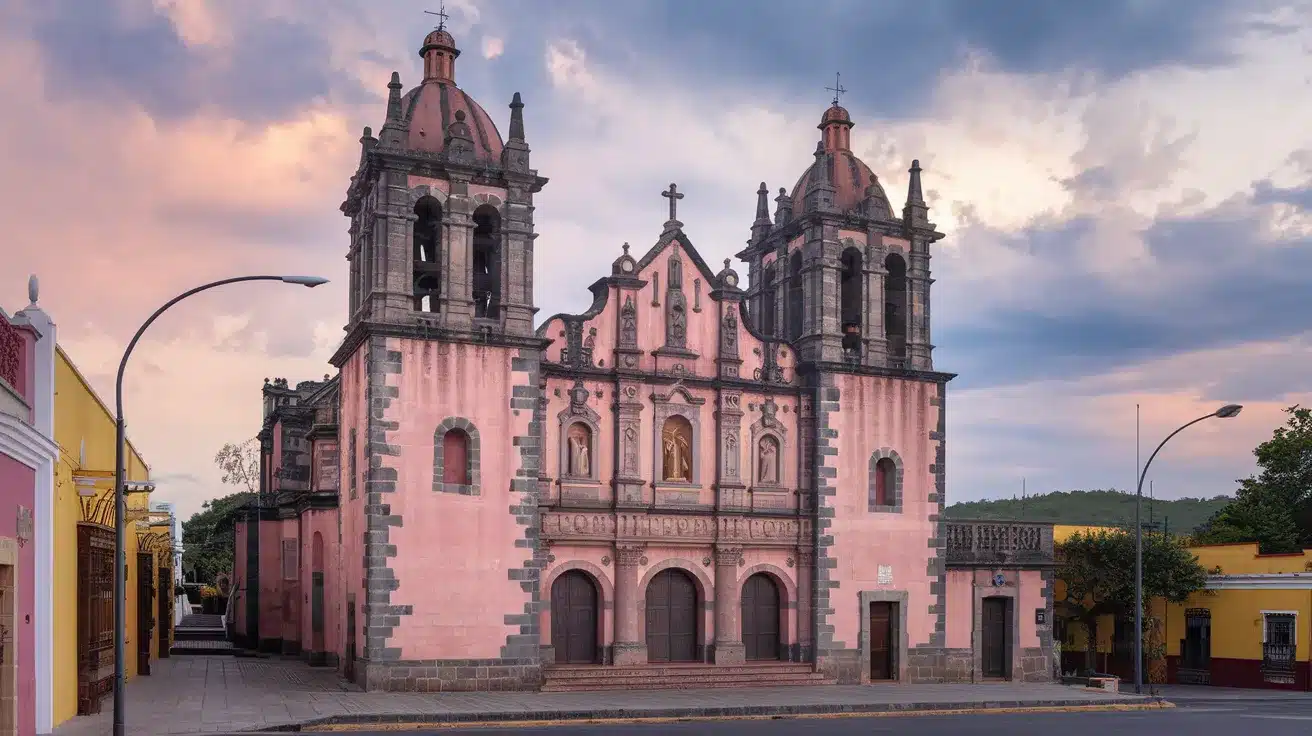
This parish church features a dramatic pink stone facade with neo-Gothic towers that create one of Mexico’s most photographed architectural scenes.
Indigenous stonemason Zeferino Gutiérrez redesigned the front in the late 19th century, reportedly based on postcard images of European Gothic churches.
The church’s soaring spires can be seen throughout the town, creating a focal point for the urban landscape.
The interior maintains its colonial character with gold-leaf decoration and religious artwork that contrasts with the neo-Gothic exterior.
9. Basilica of Our Lady of Guadalupe
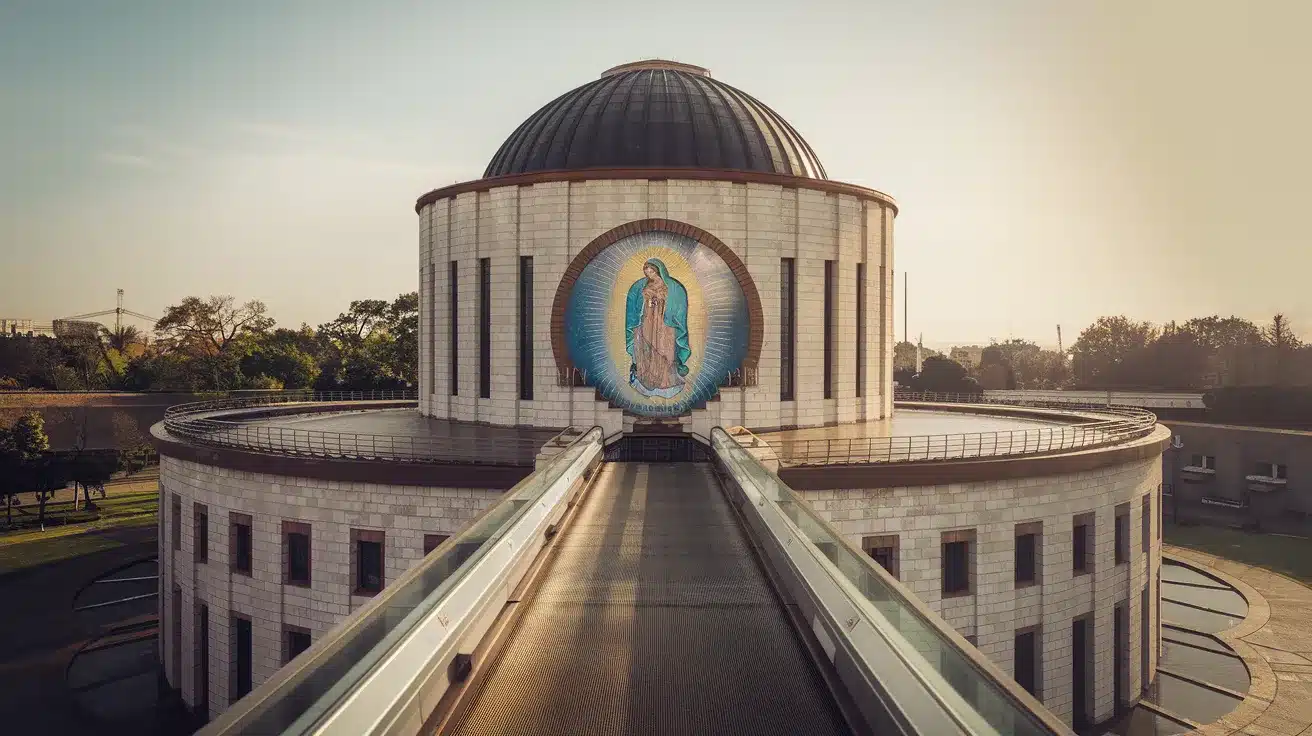
The modern circular basilica, completed in 1976, can accommodate the millions of pilgrims who visit annually.
Designed by architect Pedro Ramírez Vázquez, it features a moving walkway below the image of the Virgin and a circular layout that allows visibility from any point.
The new basilica stands near the older structure, which began sinking into Mexico City’s soft soil.
As one of the most visited religious sites worldwide, it exemplifies how architecture can serve mass spiritual tourism while maintaining sacred significance.
10. Chichen Itza
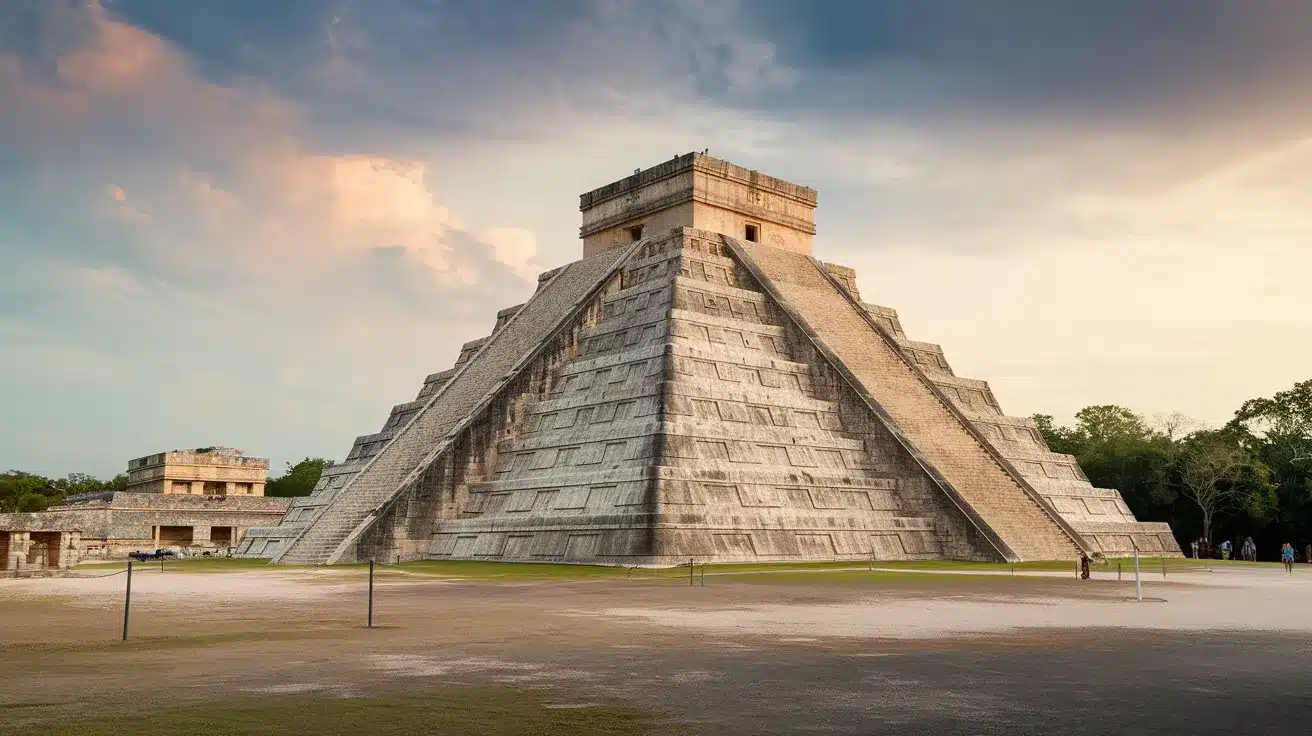
This ancient Mayan city features the stepped pyramid El Castillo, which creates a light-and-shadow effect resembling a serpent during the equinoxes.
The site includes the largest ball court in Mesoamerica and structures that showcase Mayan architectural principles.
The architectural innovations include corbeled arches, precise stone cutting without metal tools, and buildings that incorporate astronomical alignments and acoustic effects.
This UNESCO World Heritage site provides insight into pre-Hispanic urban planning and the integration of architecture with religious practices.
11. Palacio de Bellas Artes
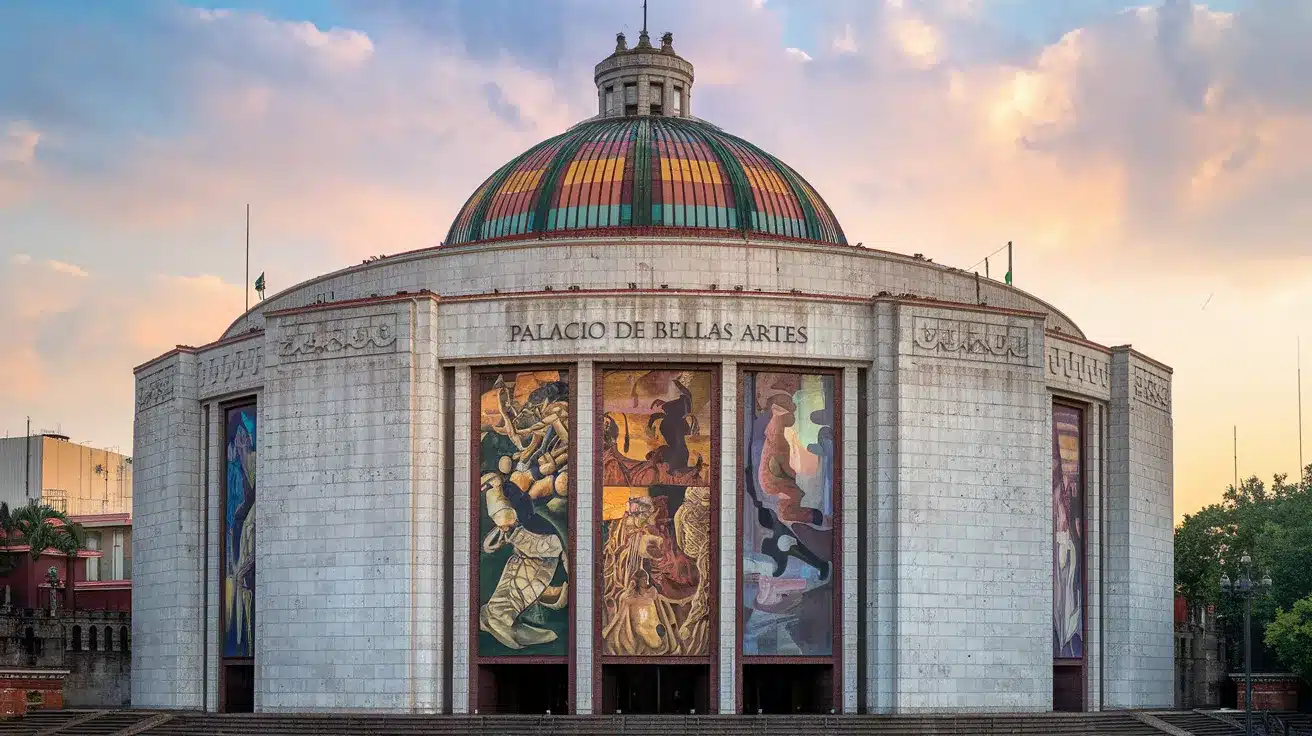
This cultural center combines an Art Nouveau exterior with Art Deco interior elements, reflecting its construction period from 1904 to 1934.
Its white marble facade and colorful tiled dome create a distinctive presence in Mexico City’s historic center.
The interior spaces house important murals by Mexican artists including Diego Rivera, David Alfaro Siqueiros, and José Clemente Orozco.
The main hall features a Tiffany stained glass curtain depicting the Valley of Mexico. The building serves as Mexico’s principal venue for performing arts and exhibitions.
12. Cuadra San Cristóbal
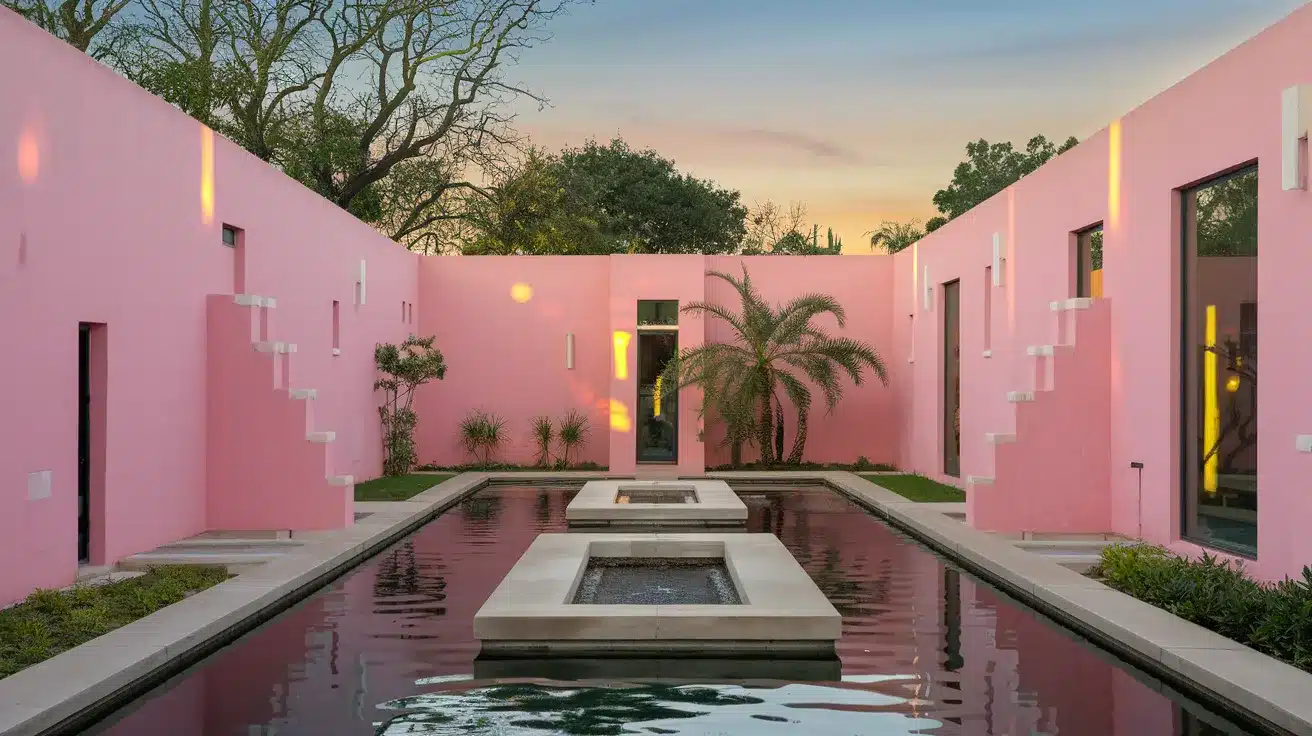
Architect Luis Barragán designed this residential compound in the 1960s with striking pink walls, water features, and carefully considered light effects.
Located in Mexico City, this private residence and stable complex represents Barragán’s mature style.
The property demonstrates how color functions as a structural element, with massive pink walls creating spatial divisions and emotional responses.
Water features reflect the surroundings, adding movement and sound to the architectural experience.
Barragán’s work received international recognition with the Pritzker Prize in 1980.
13. Templo Mayor
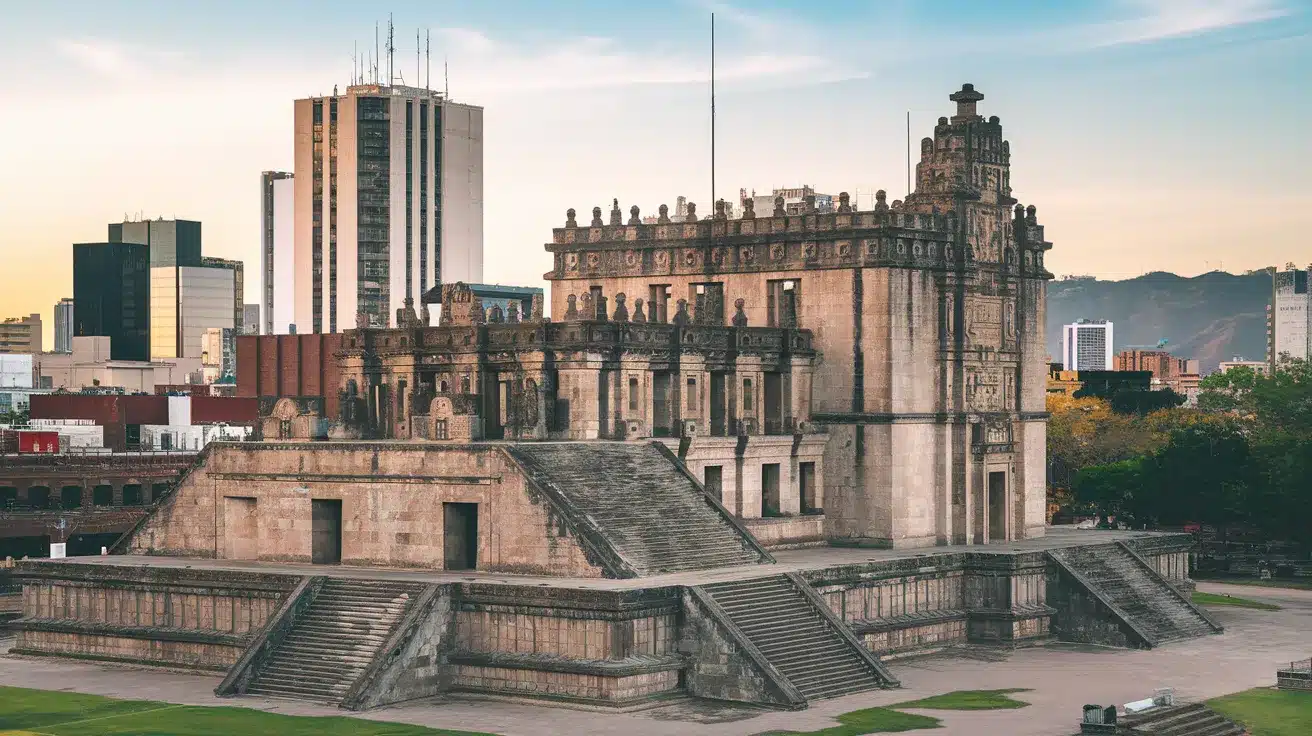
Excavated in the 1970s, these ruins reveal the main Aztec temple that once stood at the center of Tenochtitlan, now Mexico City.
The archaeological site shows how the Aztecs built increasingly larger temples on top of older structures, with each layer marking different periods of their civilization.
The adjacent museum houses artifacts found during excavation, including offerings, sculptures, and everyday items.
The location directly beside the Metropolitan Cathedral creates a physical juxtaposition of pre-Hispanic and Spanish religious architecture that symbolizes the cultural layering of Mexican history.
14. La Casa Estudio Diego Rivera
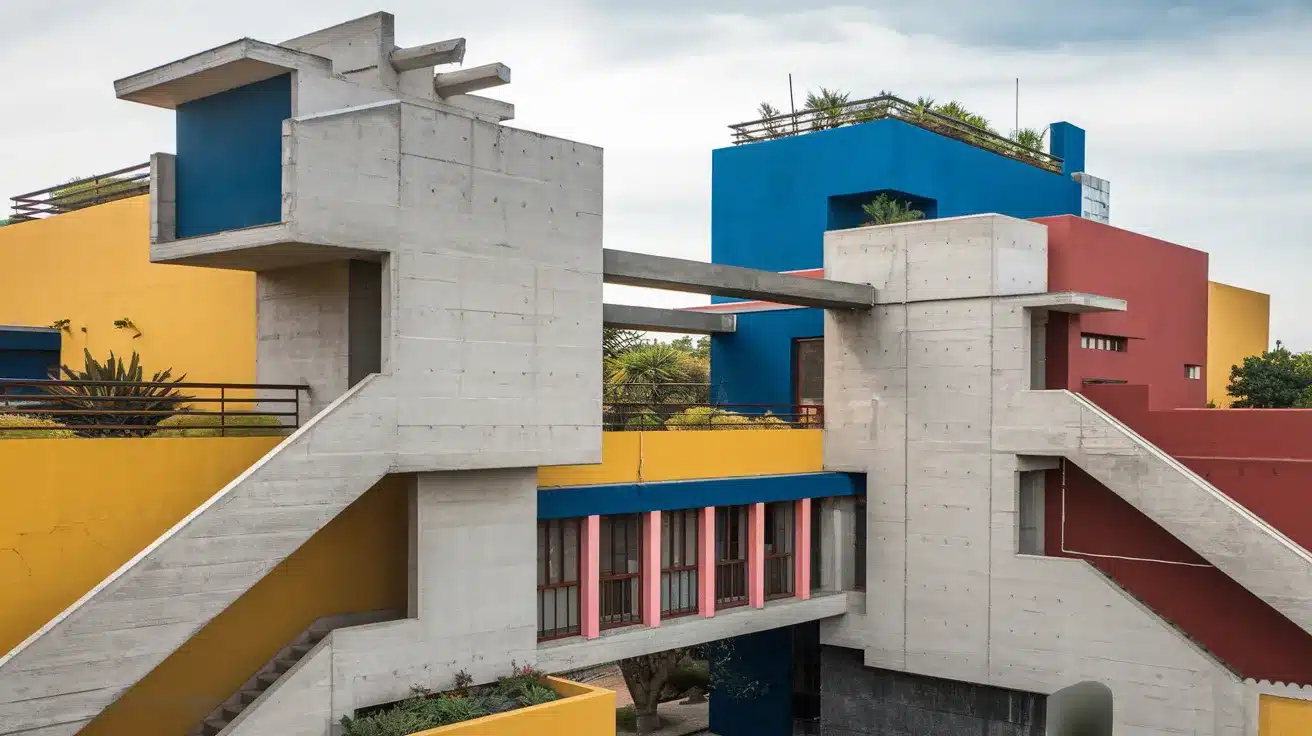
Architect Juan O’Gorman designed this functionalist studio-home with separate but connected buildings for Diego Rivera and Frida Kahlo.
Constructed in the early 1930s, it represents one of Mexico’s earliest examples of functionalist architecture.
The structure features external staircases, roof gardens, and bright colors that balance modernist principles with Mexican visual traditions.
The buildings served as both living and working spaces for the artists, with large north-facing windows in the studios to provide natural light for painting.
15. Museo Frida Kahlo

It is Known as the Blue House, this vibrant structure served as Frida Kahlo’s birthplace and final home.
The building follows traditional Mexican residential patterns with interior courtyards and garden spaces filled with pre-Hispanic artifacts and personal items.
The vivid blue exterior walls have made the building instantly recognizable and synonymous with Kahlo’s artistic identity.
The preserved home workshop includes her studio, bedroom, and the collections that inspired her work, providing insight into how traditional Mexican architecture adapted to 20th-century artists.
16. Palacio de los Deportes
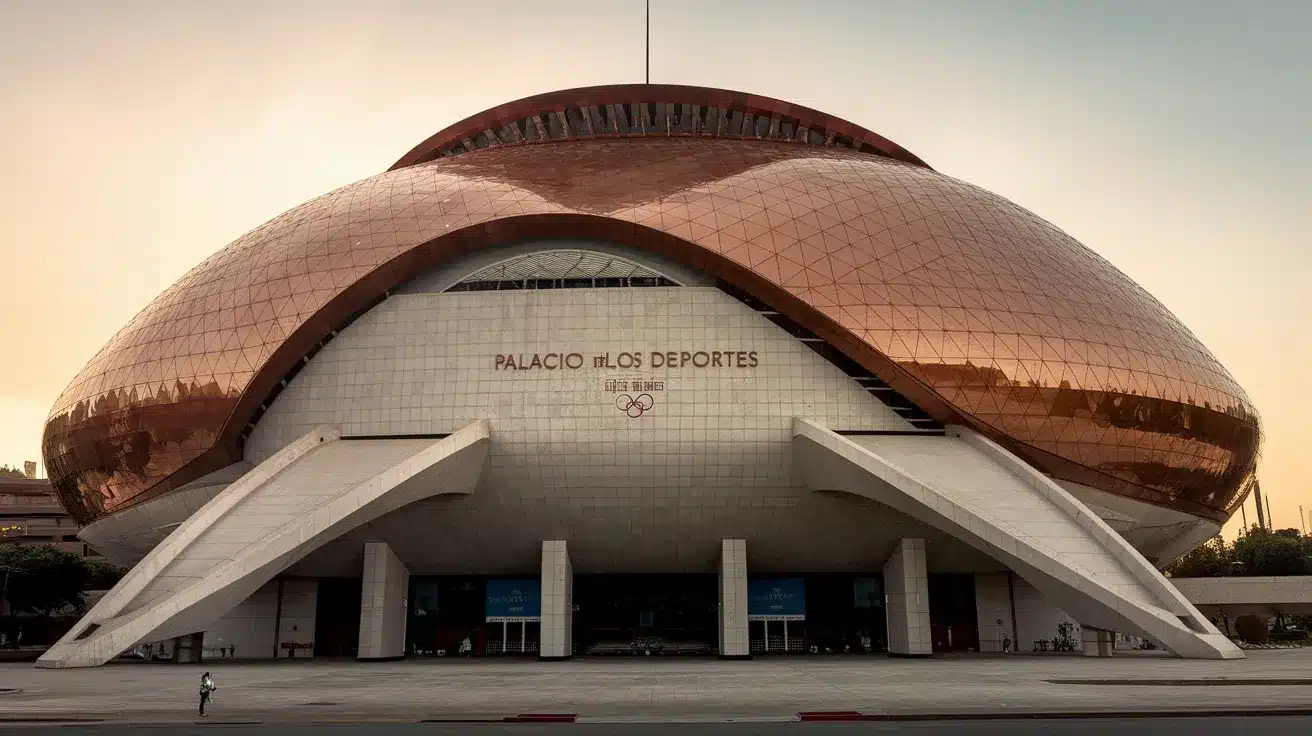
This copper-domed sports arena was built for the 1968 Olympics with a unique geodesic design by architect Félix Candela.
The structure’s distinctive shape resembles an armadillo and creates a large, column-free space that can accommodate 22,000 spectators.
The building demonstrates Candela’s expertise in thin-shell concrete structures.
The copper exterior has developed a patina over time that integrates the structure with its surroundings.
This innovative design attracted global attention to Mexican architectural capabilities during the 1968 Olympics.
How Architecture Varies by Region
Mexican architecture reflects the country’s diverse geography and culture.
Regional styles developed through centuries of adaptation to local materials, climate conditions, indigenous practices, and historical influences, creating distinct architectural identities across the nation.
Oaxacan architecture fuses indigenous traditions with Spanish colonial influences.
Green cantera stone buildings feature intricate geometric patterns reflecting Zapotec design principles. Broad corridors and inner courtyards adapt to the warm climate.
The Santo Domingo church exemplifies Baroque style with indigenous artistic touches. Contemporary construction continues incorporating traditional materials, connecting past and present.
Yucatán: Maya Roots, Modern Revival
Yucatán architecture connects deeply to Maya heritage. Ancient sites feature limestone structures with precise astronomical alignments.
Colonial haciendas adapted European designs to tropical conditions. Mérida’s historic center displays French-influenced mansions from the henequen boom era.
Modern buildings maintain traditional cooling features like high ceilings and interior gardens while incorporating Maya design principles.
Central Highlands: Baroque Churches, Plazas
The Central Highlands feature Baroque and Churrigueresque churches with ornate facades and gilded interiors.
Urban spaces center around main plazas following Spanish colonial planning. Red tezontle and cantera stone create textured streetscapes.
Mining wealth in Guanajuato funded grand structures. Post-revolutionary muralism adorns public buildings, while Ciudad Universitaria represents mid-century modernism.
Baja: Desert-Friendly Modern Styles
Baja California architecture responds to its arid coastal environment with minimalist designs that complement the desert landscape.
Sustainable building incorporates solar orientation and natural ventilation. Indoor-outdoor spaces with large windows capture ocean views.
Materials withstand marine conditions while minimizing heat absorption. Contemporary designs balance luxury with environmental sensitivity in this unique ecosystem.
Preserving Mexican Architectural Heritage
Mexico’s historic buildings face challenges from humidity, coastal salt, and earthquakes, with limited funding and urban growth adding pressure.
Conservation teams combine traditional methods with modern technology like 3D scanning to assess and repair structures.
Local communities support preservation through educational programs, while government protections and UNESCO recognition provide additional resources.
Despite financial constraints, collaboration between public institutions, private organizations, and local residents ensures these cultural treasures remain for future generations.
Conclusion
Mexico’s architectural legacy stands as a key influence on global design. The fusion of indigenous, colonial, and modern styles creates a unique visual language seen in buildings worldwide.
Mexican concepts of courtyards, color use, and spatial flow have shaped international architecture. These influences appear in contemporary design across continents.
As Mexican architectural heritage gains recognition, its impact grows, inspiring architects to incorporate its principles.
The ongoing protection of these historic structures ensures that future generations can learn from and build upon this rich tradition that continues to shape our built environment.
Frequently Asked Questions
What is Mexican architecture called?
Mexican architecture includes styles such as Colonial, Neocolonial, Pueblo Revival, Spanish Colonial Revival, Mission Revival, and Mexican Modernism, each reflecting the country’s diverse cultural heritage.
What is the most famous building in Mexico?
The Pyramid of the Sun at Teotihuacan is Mexico’s most famous building, a massive ancient structure dating back to around 200 CE.
How has Mexican architecture evolved over time?
Mexican architecture progressed from pre-Columbian pyramids to colonial churches, integrated indigenous elements after independence, and later embraced modernism while preserving traditional influences.

